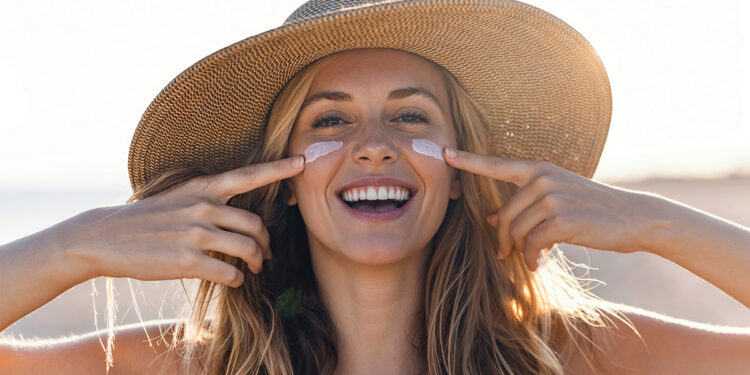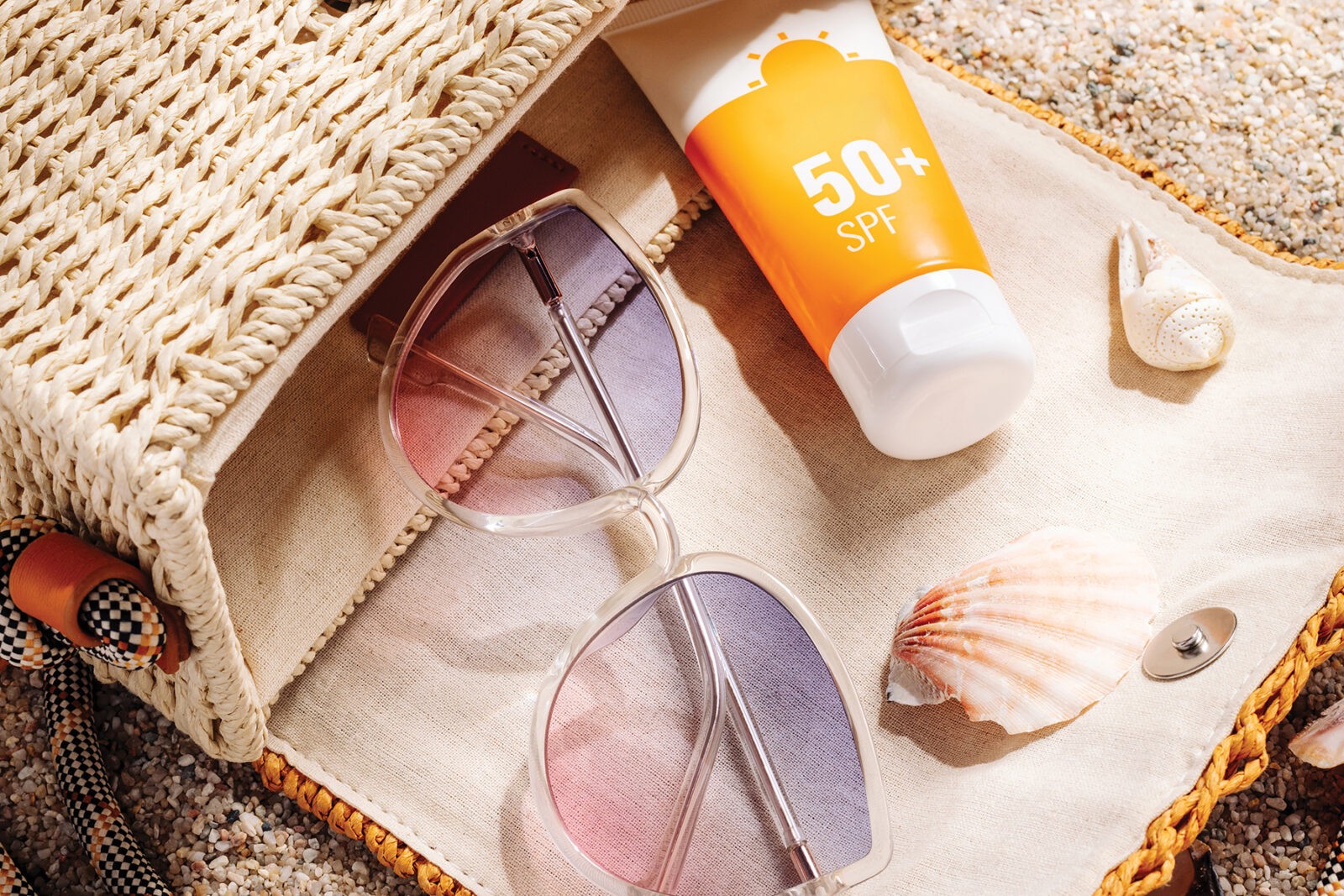STAY SUN SAFE: A Guide to UV Safety Awareness

Story by Ciara Sophia
As summer approaches and the days grow hotter, millions of people head outdoors to enjoy the warmth and sunshine. Whether it’s a day at the beach, a hike in the mountains, or simply a backyard barbecue, the allure of the sunny weather can be irresistible. However, with the sun’s rays comes an invisible danger: ultraviolet (UV) radiation. Understanding UV safety is crucial for protecting your skin and overall health, ensuring that you can enjoy the sun responsibly.
 Wenfie Xie, MD is a Dermatologist at Kansas City Skin and Cancer Center who, when asked, provided a lot of knowledgeable insight about UV safety. UV radiation, a form of electromagnetic radiation emitted by the sun, is categorized into three types: UVA, UVB, and UVC. However, there is less of a need to worry about UVC rays, as they are absorbed by the Earth’s ozone layer and don’t reach the ground. Dr. Xie breaks down how to distinguish between the other two rays and the dangers presented with both.
Wenfie Xie, MD is a Dermatologist at Kansas City Skin and Cancer Center who, when asked, provided a lot of knowledgeable insight about UV safety. UV radiation, a form of electromagnetic radiation emitted by the sun, is categorized into three types: UVA, UVB, and UVC. However, there is less of a need to worry about UVC rays, as they are absorbed by the Earth’s ozone layer and don’t reach the ground. Dr. Xie breaks down how to distinguish between the other two rays and the dangers presented with both.
“When it comes to the skin, ultraviolet (UV) rays can be the most harmful, as a Board-Certified Dermatologist, I see the negative effects of UVA and UVB rays every day in my patients. UVA rays penetrate deeply into the skin, leading to breakdown of collagen, wrinkles, and premature skin aging. UVB rays mostly damage the outer layer of the skin and cause sunburn. Both UVA and UVB rays can damage the DNA in skin cells and lead to skin cancer.”

With that said, excessive exposure to UV radiation can lead to an additional range of health problems, of which Dr. Xie expands on, “Sunburn, which is painful and messy when the skin peels, premature skin aging, which leads to wrinkles, leathery skin, sunspots, broken blood vessels and redness, and the increased risk of developing all of the common skin cancers such as basal cell carcinoma, squamous cell carcinoma, and melanoma which is the deadliest.”
Such health problems are very real and very prevalent, and Dr. Xie has directly witnessed this in her field of work. “The vast majority of my skin cancer patients have skin cancers that are directly related to UV damage, this includes cases of basal cell carcinoma, squamous cell carcinoma, and melanoma. Many of these cases could have been prevented with better sun protection starting at a younger age.”
Fortunately, there are various ways to practice sun safety and numerous protective products that can reverse some of the effects listed above. Dr. Xie shares some key tips to keep in mind this summer. “Incorporating UV protection into your daily routine is important and does not have to be difficult or expensive! Apply sunscreen daily using a broad-spectrum sunscreen with at least SPF 30 as protection against UVA and UVB. Apply it to all exposed skin about 20-30 minutes before going outside, and reapply every two hours, or more often if swimming or sweating. The “best” sunscreen is one that you will actually use consistently. So, pick one that works for your budget, smells good, looks good, and feels good to you. Another tip is to seek shade whenever possible, especially between 10 am and 4 pm when UV rays are the strongest. Also wear sun protective clothing, examples would be long-sleeved shirts or sun protective sleeves, lightweight pants, wide-brimmed hats, and UV-blocking sunglasses. Look for clothing with built-in UV protection. Finally, avoid tanning beds. Tanning beds expose skin to concentrated UV rays that are several times stronger than what you would come in contact with outdoors. This can lead to premature skin aging and skin cancer,” Dr. Xie added.

On a happy note, it is very possible to mitigate any discomfort you may already be experiencing due to UV exposure. Dr. Xie has plenty of recommendations for reversing any damage that has already been done.
“Using topical treatments such as retinoid creams, antioxidants such as vitamin C, and other prescription products can help improve the appearance of skin aging. There are also procedures you can do such as chemical peels, different types of laser treatments, and liquid nitrogen treatment that can remove damaged skin cells, reduce redness/broken blood vessels, and improve skin appearance. Finally, conduct skin checks for early detection and treatment of skin cancer, as this can significantly improve outcomes. It is important to have your skin evaluated and monitored by a Dermatologist who can assess and discuss your risk factors for skin cancer,” Dr. Xie shared.
As we soak up the sun this season, it is important to remember this information about the real dangers of UV safety as not only a summertime concern, but a year-round commitment. By understanding the risks and taking the necessary precautions Dr. Xie shared, we can enjoy the benefits of the sun while also safeguarding our health. “UV exposure adds up, and so the safest way to care for your skin is to use sun protection as much as possible and minimize sun exposure when you can by following some of the recommendations above. There is no such thing as getting a safe ‘base tan’, and Vitamin D supplements are widely available and easy to take,” Dr. Xie concluded.
For more information on UV safety and skin health, please visit
a Kansas City Dermatologist. For more information on Dr. Xie, call 816-584-8100 or visit www.kcskincenter.com






